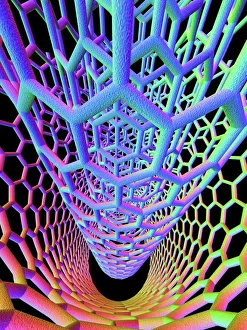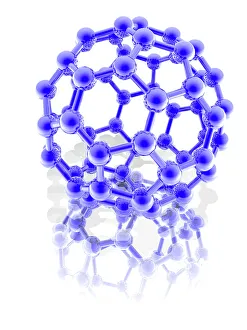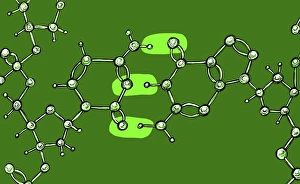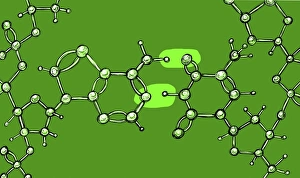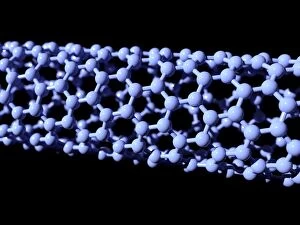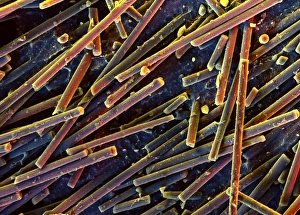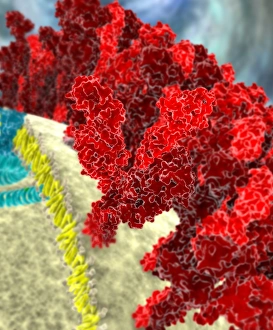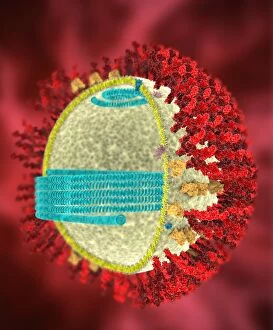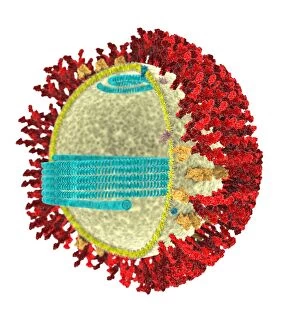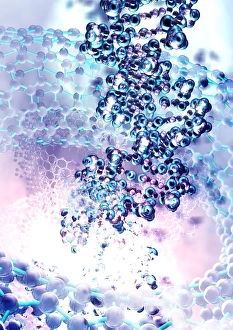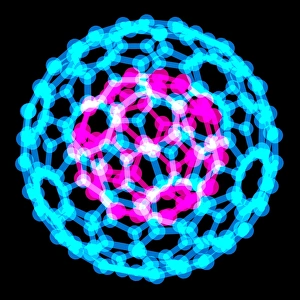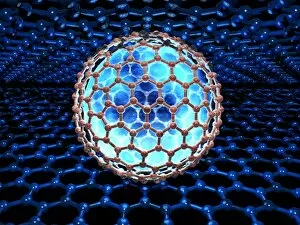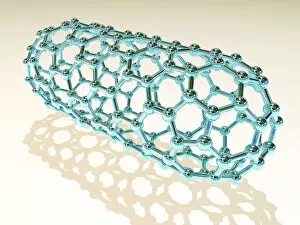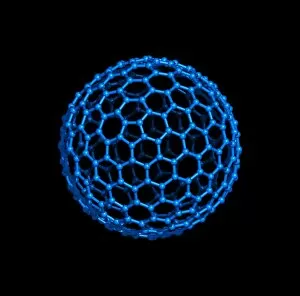Macromolecules Collection
Macromolecules, the building blocks of life, are fascinating entities that play a crucial role in various scientific fields
All Professionally Made to Order for Quick Shipping
Macromolecules, the building blocks of life, are fascinating entities that play a crucial role in various scientific fields. From nanotube technology to intricate molecular bonds and even viral structures, macromolecules offer a world of possibilities for exploration. One such example is the nanotube technology, which has revolutionized numerous industries. These tiny cylindrical structures made from carbon atoms have exceptional strength and unique electrical properties. Their potential applications range from electronics to medicine, promising breakthroughs in areas like drug delivery systems and energy storage. Another intriguing macromolecule is the buckyball molecule. Shaped like a soccer ball with sixty carbon atoms arranged in pentagons and hexagons, this molecule exhibits extraordinary properties due to its structure. Buckyballs have been extensively studied for their potential use in materials science and as catalysts for chemical reactions. The cytosine-guanine bond is an essential component of DNA molecules. Represented by illustration C018 / 0745, this bond connects two nucleotide bases together forming one half of the famous double helix structure that carries genetic information within our cells. Similarly, illustration C018 / 0744 showcases another critical bond found in DNA - adenine-thymine bond. This pairing completes the complementary base pairs necessary for DNA replication and transcription processes. Moving beyond genetics, it also influence our everyday lives on a smaller scale. Saliva chemicals depicted through molecular models reveal how these compounds aid digestion by breaking down food particles into simpler forms during mastication. Carbon nanotubes continue to captivate scientists with their remarkable properties showcased through artwork C016 / 8270-8271. These microscopic tubes possess incredible strength while being incredibly lightweight; they hold immense promise across multiple disciplines including material science and electronics. Intriguingly, SEM image C016 / 8042 demonstrates carbon nanotubes embedded within a POM matrix (polyoxymethylene). Such composites offer enhanced mechanical properties and can be utilized in various structural applications.

